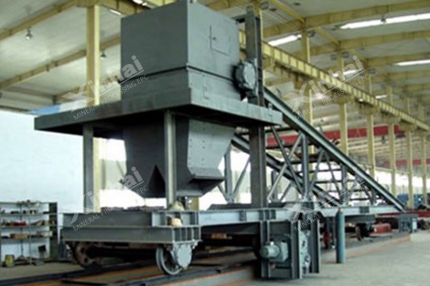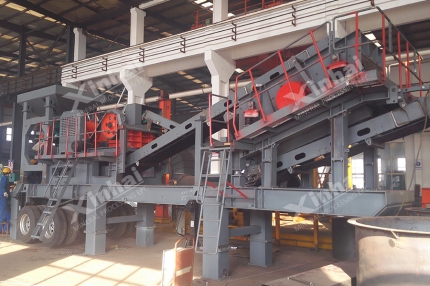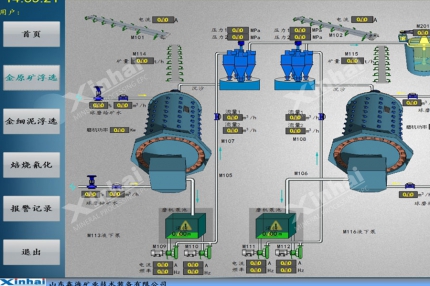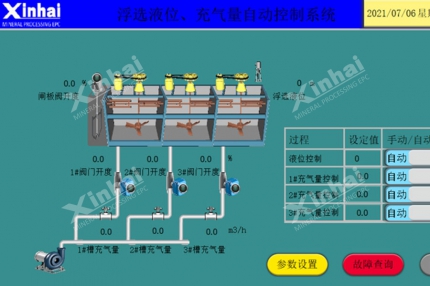Many people mistakenly think that oxidized gold ore contains gold oxides. In reality, gold is chemically stable and does not form oxides like iron or copper.
So, how is oxidized gold ore formed, and how can gold be efficiently recovered from it? Based on years of mineral processing experience, Xinhai has developed several oxidized gold ore processing methods. Mastering these techniques is key to achieving high gold recovery.
Use the table of contents below to navigate through the guide:
01What Is Oxidized Gold Ore?
Oxidized gold ore forms when primary sulfide gold ore is exposed to air and water over long periods. Weathering causes sulfide minerals, such as pyrite (FeS₂), to break down into oxides, hydroxides, and sulfates. This weathered material is called oxidized gold ore—think of it as the "rusted" portion of the ore.
Visually, oxidized ore often appears brown, yellowish, or rusty red due to high limonite content. It's usually softer and more porous than fresh sulfide ore, which looks gray and metallic.
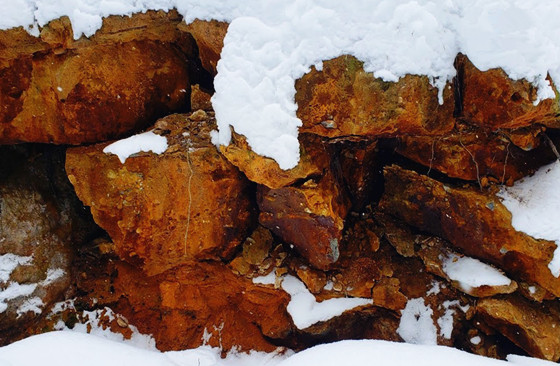
Because the gold is already liberated or loosely bound within clay or iron oxides, oxidized ore is generally easier to process. Common methods include gravity separation, flotation, cyanidation, and occasionally non-cyanide leaching. Most operations don't require complex pretreatment.
Below is a simplified breakdown of the most common processing routes.
02Cyanide and Non-Cyanide Leaching
Cyanide Leaching (CIL/CIP)
Cyanide leaching—especially Carbon-in-Leach (CIL) or Carbon-in-Pulp (CIP)—is the most widely used method for gold extraction. It's cost-effective and works well on fine-grained, higher-grade oxidized ores. Gold dissolves easily in a cyanide solution with oxygen, eliminating the need for costly pretreatment.
Key steps include:
• Crushing and grinding the ore to free gold particles.
• Adding cyanide to dissolve the gold.
• Using activated carbon (in CIL/CIP) to adsorb the dissolved gold.
• Stripping gold from the carbon and refining it into bullion.
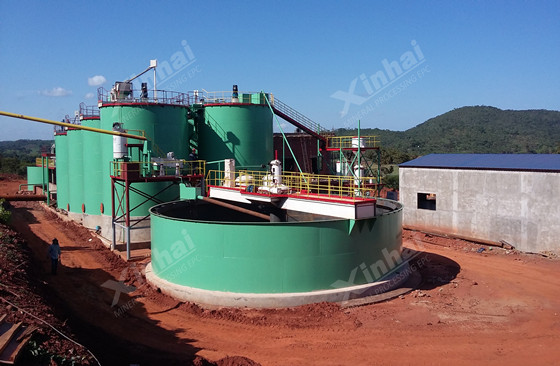
Heap Leaching
Ideal for low-grade ore (around 0.1 g/t), heap leaching involves stacking crushed ore on a lined pad and sprinkling it with cyanide solution. The solution percolates through the heap, dissolving gold, which is later recovered from the drainage.
This method is low-cost and simple, but works best with ore that isn't too fine.
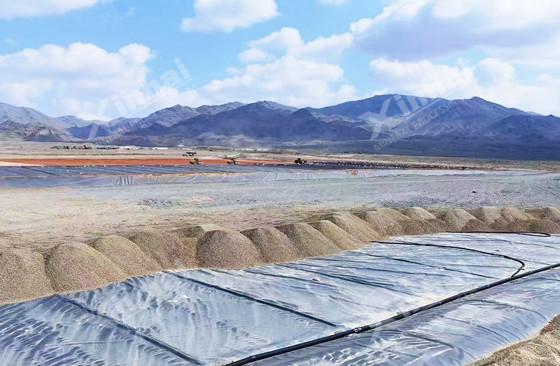
Non-Cyanide Options
For environmental or regulatory reasons, some operations use alternative lixiviants, such as thiosulfate, chloride, bromine, or thiourea. These are less toxic but often more expensive and complex to control. Most are still in the pilot or limited commercial use stage.
03Gravity Separation, Flotation, and Magnetic Separation
Gravity Separation
Gravity recovery works best on coarse, free gold. It uses density differences to concentrate gold using equipment like centrifugal concentrators, shaking tables, or jigs. It's simple, cheap, and chemical-free—but misses finer particles. It's often used as a first recovery step.
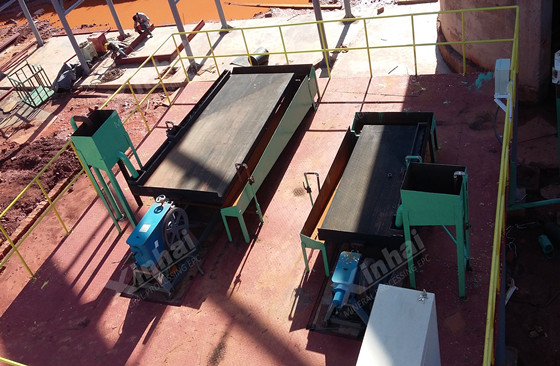
Flotation
Flotation targets finer gold that gravity misses. By making gold-bearing minerals hydrophobic, they attach to bubbles and rise to the surface. This method improves overall gold recovery and produces a high-grade concentrate for further processing.
magnetic separation
While magnetic separation cannot directly concentrate gold, it can effectively remove associated magnetic minerals, such as magnetite. If these impurities enter subsequent processing steps, they can increase reagent consumption, reduce flotation efficiency, and even affect the leaching process.
In actual mineral processing plants, these three methods are often used in combination to form a comprehensive process to maximize gold recovery and economic benefits.
04Processing Equipment for Oxidized Gold Ore Recovery
In each step of oxidized gold ore processing, a series of specialized beneficiation equipment is required to meet different process objectives, forming a complete production line. The following is an equipment list compiled based on the gold oxide process flow for your reference in actual production:
| Process Step | Main Equipment | Function |
| Crushing | Jaw crusher, cone crusher, impact crusher | Reduce large rocks to a size suitable for grinding. |
| Grinding | Jig, shaking table, spiral chute, centrifugal concentrator | Liberate gold particles and classify ore by size. |
| Gravity separation | Jig, shaking table, spiral chute, centrifugal concentrator | Recover coarse free gold quickly; produce high-grade concentrate. |
| Flotation | Flotation cell (mechanical agitator, pneumatic) | Capture fine and oxide-coated gold; upgrade concentrate grade. |
| Magnetic separation | Magnetic drum, magnetic separator | Remove magnetic impurities to improve downstream efficiency. |
| Leaching & Adsorption | Agitation tank, heap leach facility, carbon-in-place (CIP/CIL) | Leaches gold via cyanide or non-cyanide treatment and recovers it by adsorption. |
| Dewatering | Thickener, filter, centrifuge | Separate solids from liquids; reduce moisture in concentrate and tailings. |
| Tailings Management | Tailings thickeners, dry discharge screens, and tailings pond facilities | Concentrate, filter, and store tailings in an environmentally responsible manner. |
Modern plants often integrate these units into flexible, automated circuits—such as gravity-flotation or magnetic-flotation combinations—based on ore characteristics and project economics.
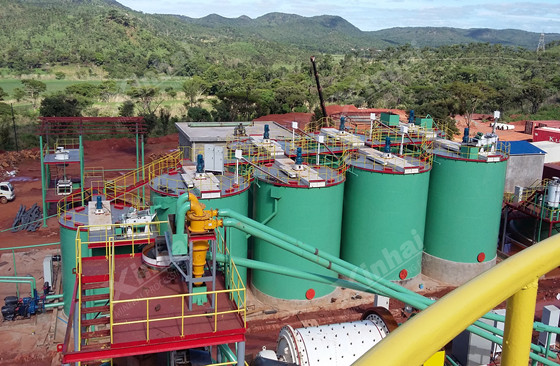
Xinhai offers end-to-end solutions, including ore testing, flowsheet design, equipment supply, and operational support. Our high-efficiency, wear-resistant gravity, flotation, and magnetic separators are engineered to deliver high recovery rates with low energy consumption and minimal environmental impact. We tailor systems to your specific ore properties, helping you build a productive and sustainable operation.
Contact Xinhai today for a customized, high-recovery solution for oxidized gold processing!


 marketing@ytxinhai.com
marketing@ytxinhai.com  0086 13810327080
0086 13810327080 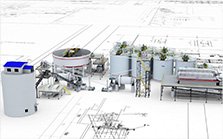
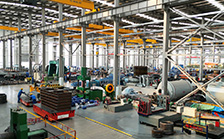

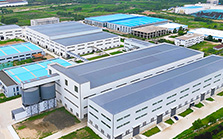
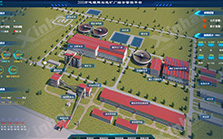
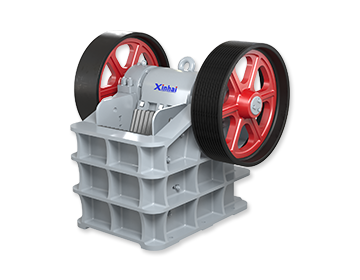
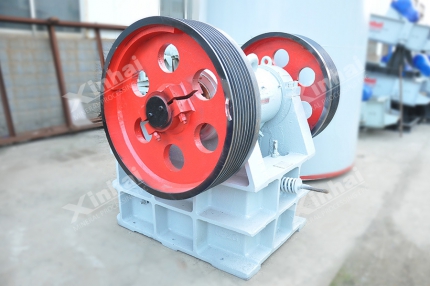


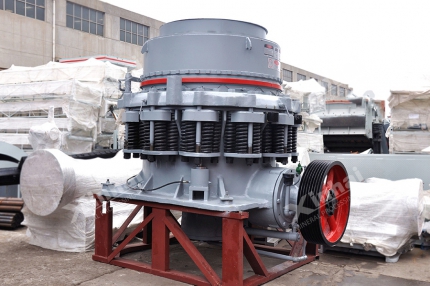
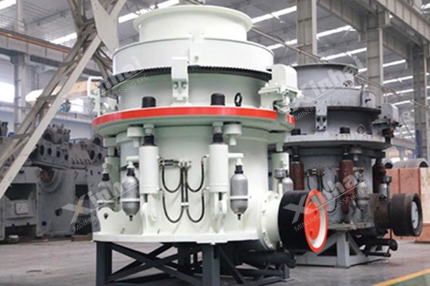

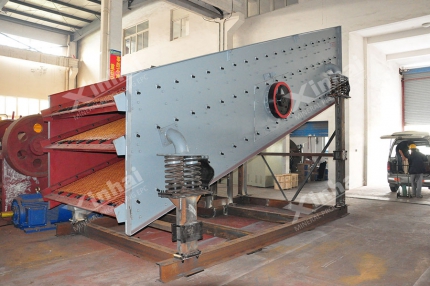
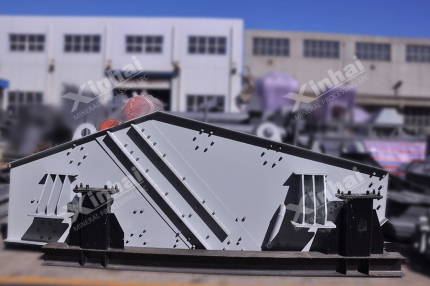
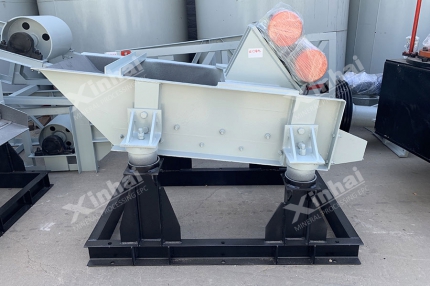

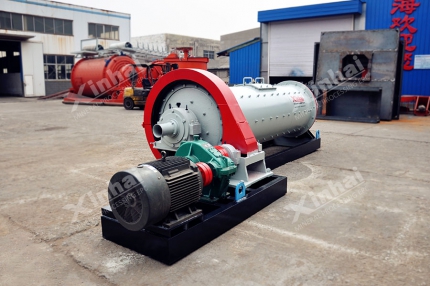
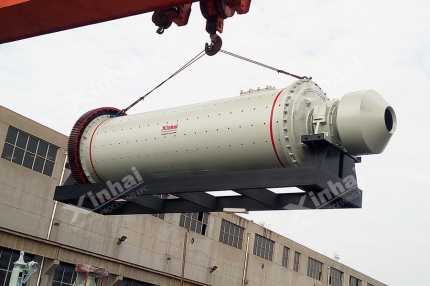

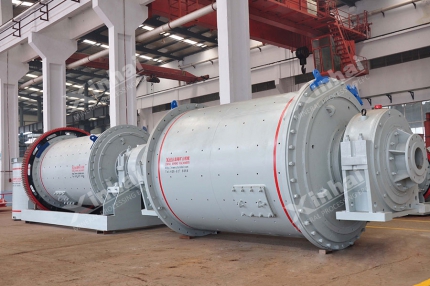

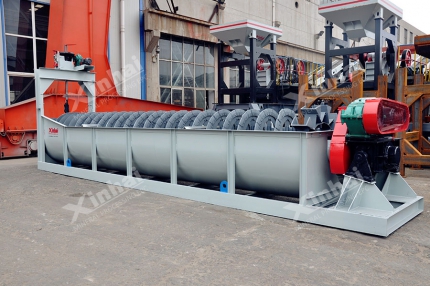


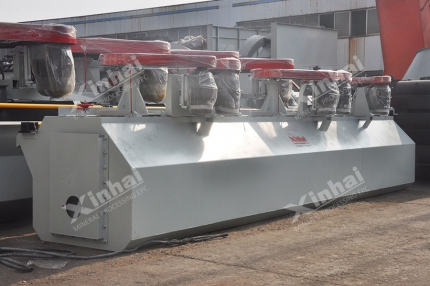
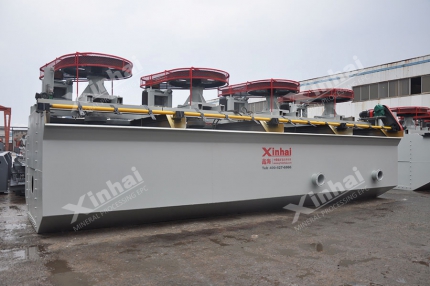
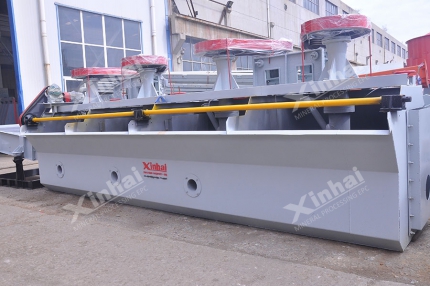
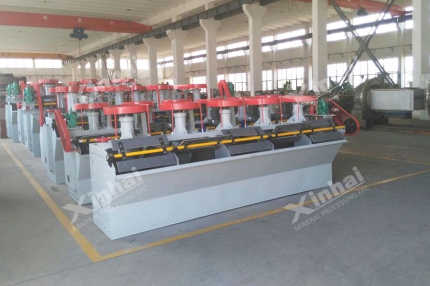
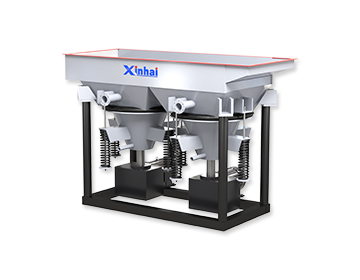


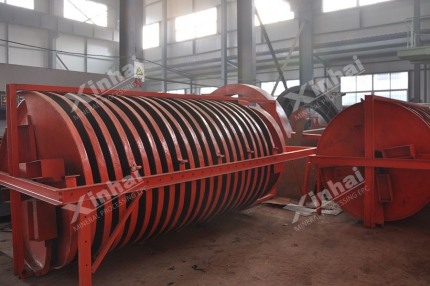

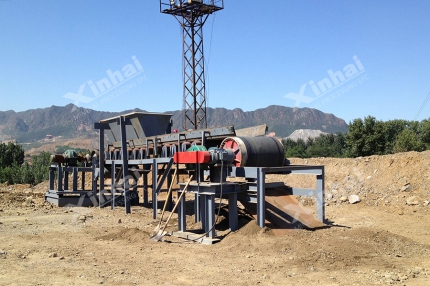

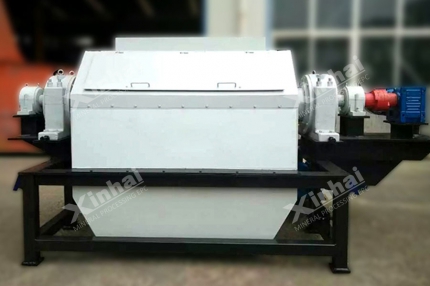
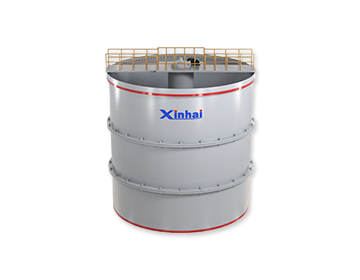
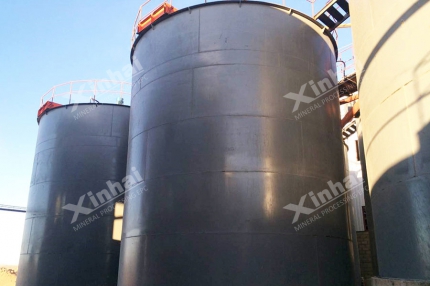
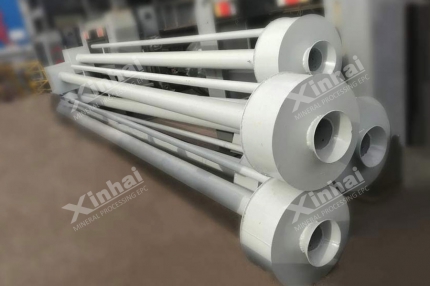
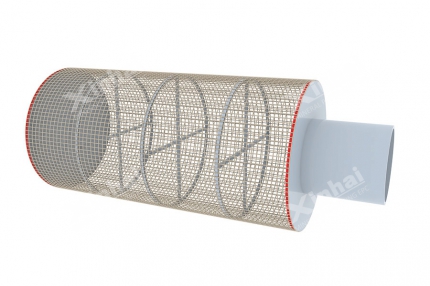
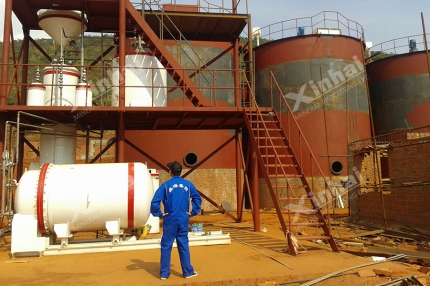
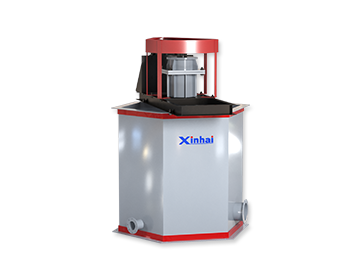
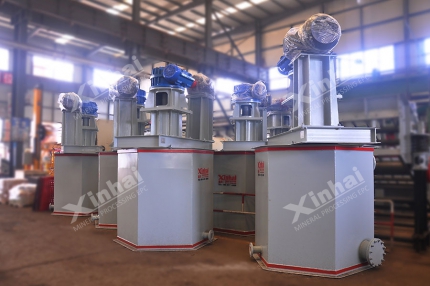
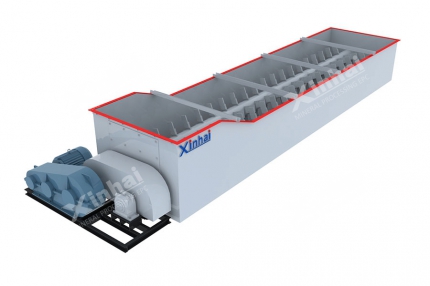
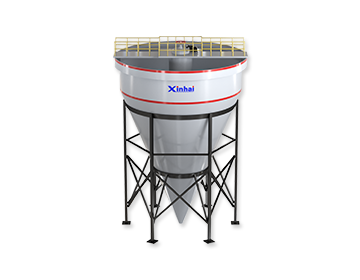
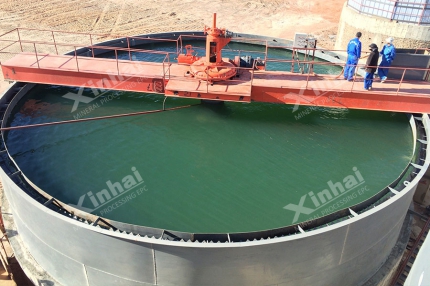
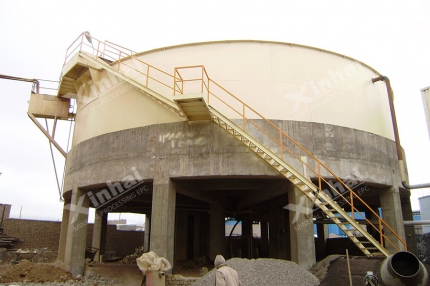
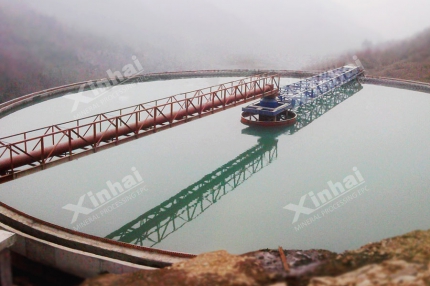
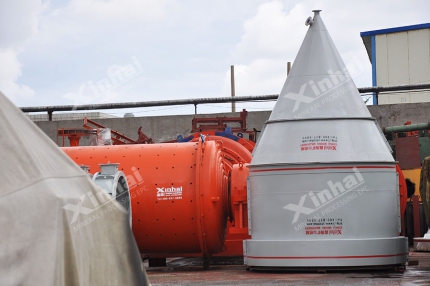

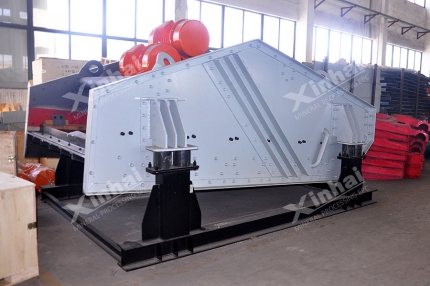
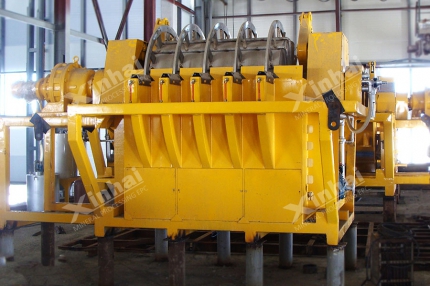
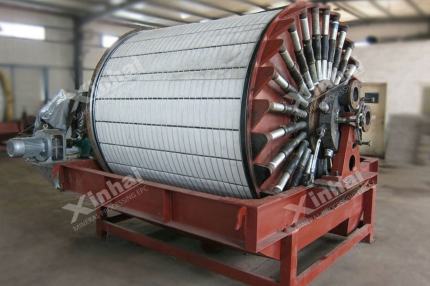
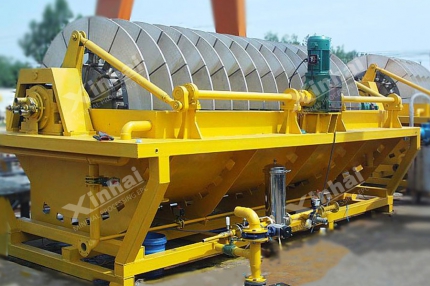
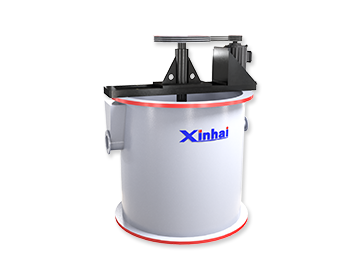

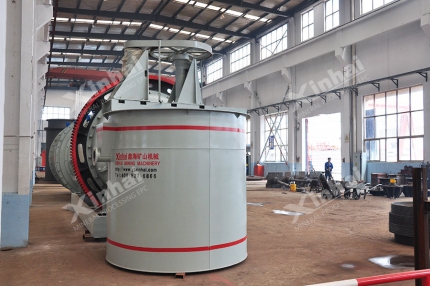
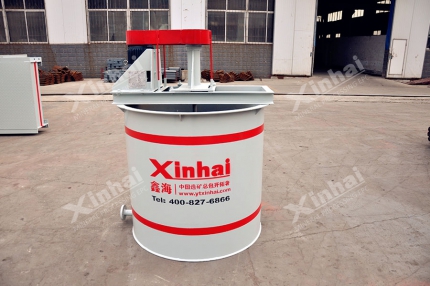
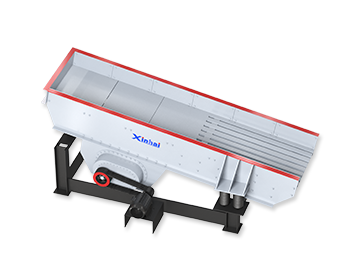
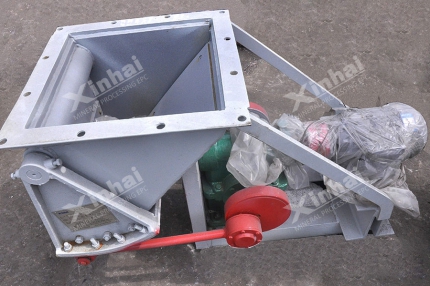
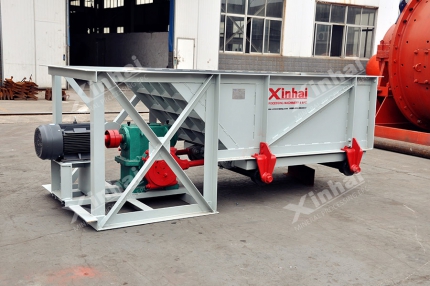
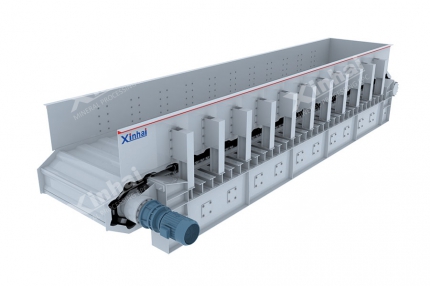

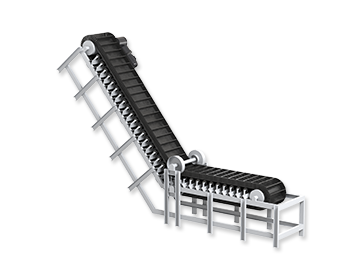
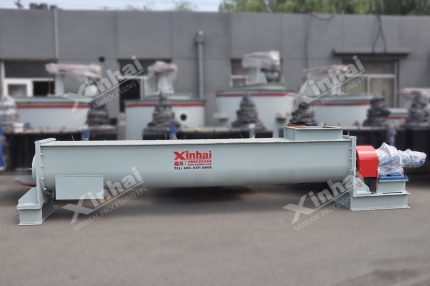

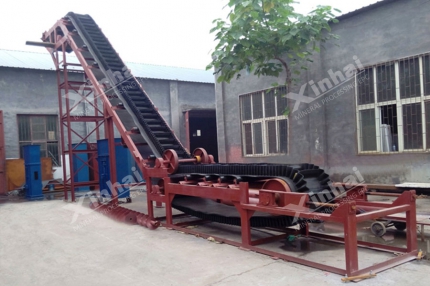
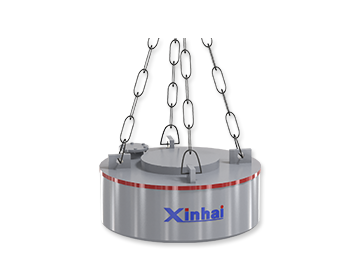
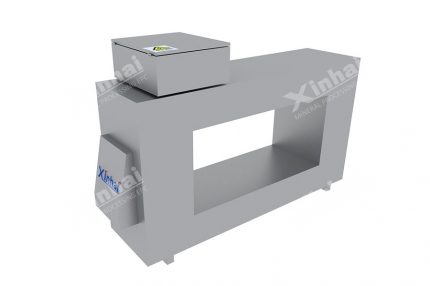
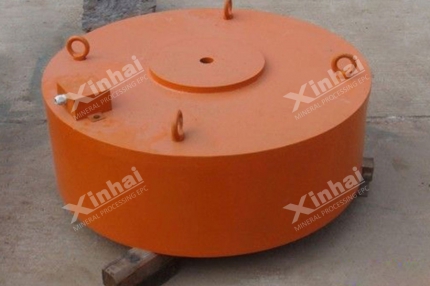

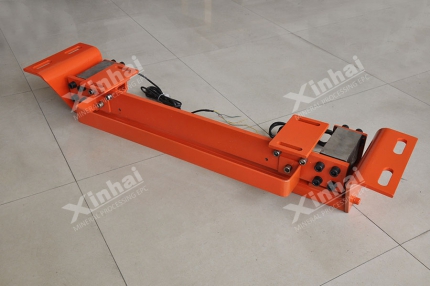
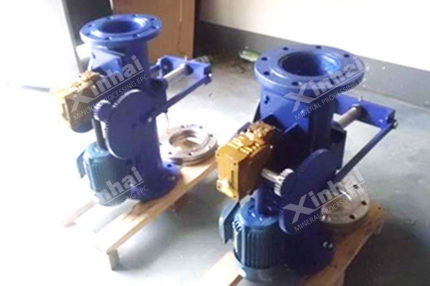
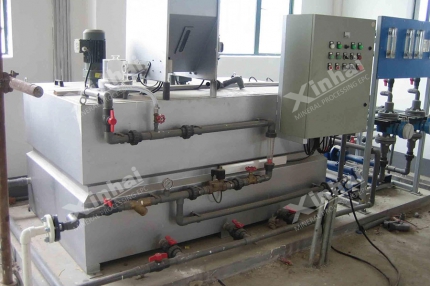
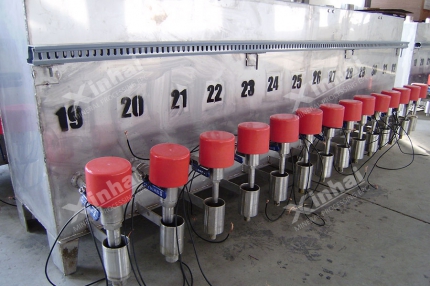
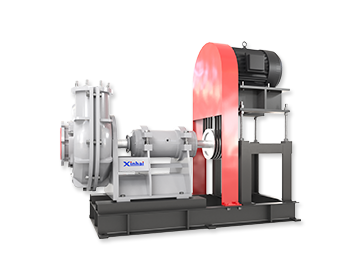
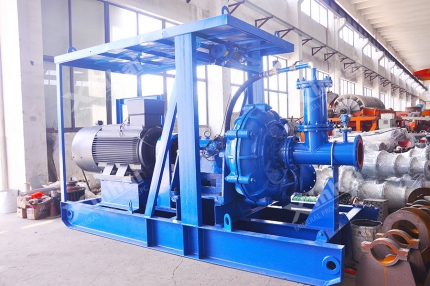
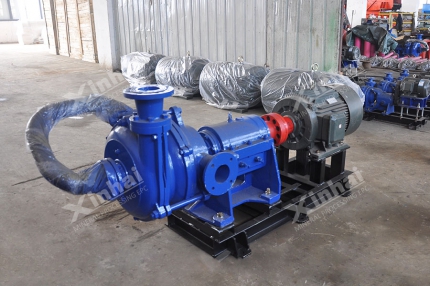
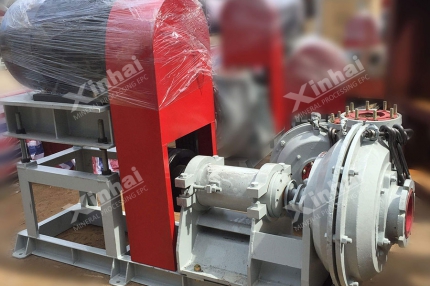
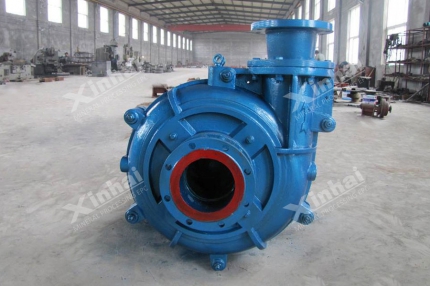
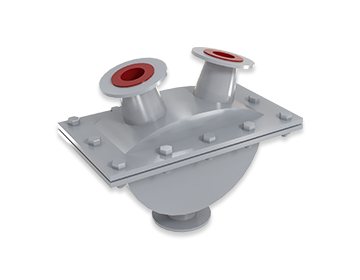
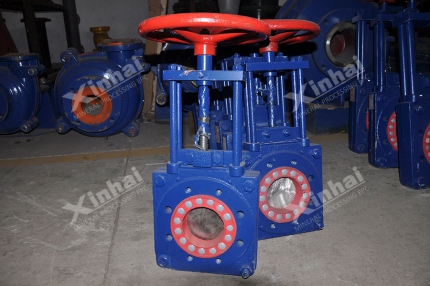

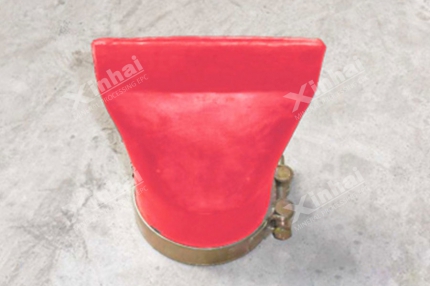
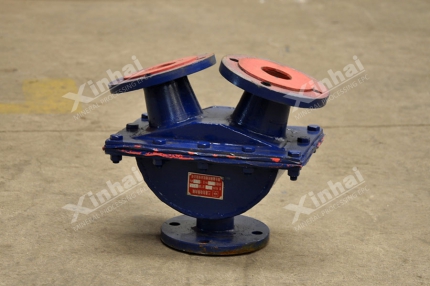
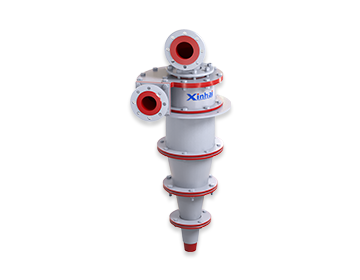
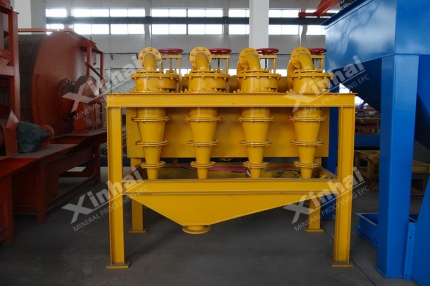
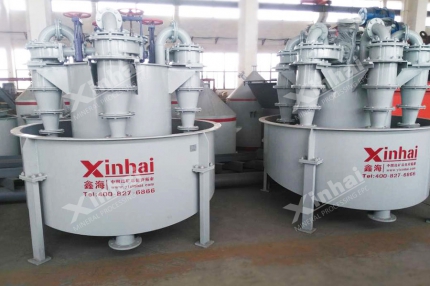
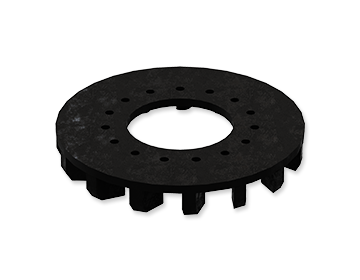
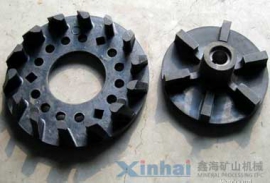
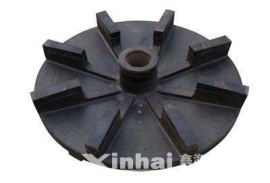
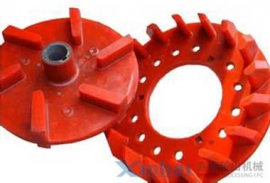
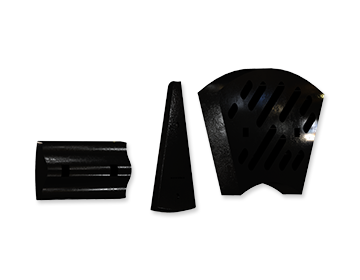
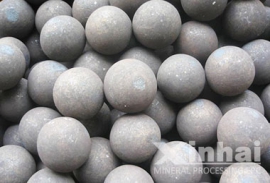
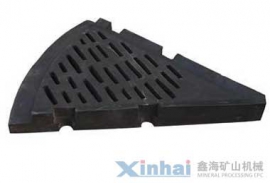

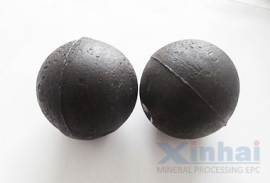
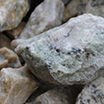
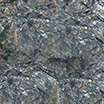
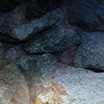
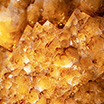


 CHAT
CHAT MESSAGE
MESSAGE




